Microsoft is taking a bold new step to the tried and tested desktop platform. With the dawn of Windows 8, there are a lot of concerns that plague the mind of consumers. These questions arose when the initial photos and leaks of the Windows 8 desktop platform were thrown in the wild for people to scrutinize.
“What will change?”
 Microsoft is planning to do away with the traditional desktop view that we have all gotten used to, since the dawn of the first Windows operating system. No longer are we presented with a start button and a task bar. The whole operating system will be devoted mostly to touch, but Microsoft promises that the use of the Mouse and Keyboard will not be abandoned, and will seamlessly integrate to the new UI. This change is to herald Microsoft’s vision of the world eventually migrating to the touch interface.
Microsoft is planning to do away with the traditional desktop view that we have all gotten used to, since the dawn of the first Windows operating system. No longer are we presented with a start button and a task bar. The whole operating system will be devoted mostly to touch, but Microsoft promises that the use of the Mouse and Keyboard will not be abandoned, and will seamlessly integrate to the new UI. This change is to herald Microsoft’s vision of the world eventually migrating to the touch interface.
“What in the world are these colored boxes?”
Microsoft calls the new interfaces as ‘Metro’. The Metro style has long been known as the theme of the new Windows Mobile platform and the Xbox 360. The metro style focuses on ’tiles’ which feels like an aggressive focus on ‘widgets’, because the tiles provide information on the home screen even when the app itself is not running. These tiles are the new ways to represent the application ‘icons’ that we used to have. Windows 8 puts the focus on apps, and makes sure you see it.
“Will multitasking be gone?”
 One gripe people have towards the tablet interface is the inability to view more than one open application at a time. That is why for heavy working and researching purposes, we go back to the traditional desktop to effectively multitask. Since Windows 8 is now focused on the tablet interface, many people wonder how they will be able to work on the new metro style.
One gripe people have towards the tablet interface is the inability to view more than one open application at a time. That is why for heavy working and researching purposes, we go back to the traditional desktop to effectively multitask. Since Windows 8 is now focused on the tablet interface, many people wonder how they will be able to work on the new metro style.
The new metro style will provide multitasking, by allowing you to snap a running window on the side for you to view while working on the main work space. In essence, you have 34% of the screen providing you a preview of a running app, while you devote 66% of the screen to what you are currently working on. This only works with up to two open applications at a time. It would seem like a step backwards from the previous desktop method, wherein we are able to re-size open windows as we need and fit as many open windows as we want on a single screen.
“With this whole metro style in place, what will happen to my old applications?”
While Windows 8 is a complete overhaul of the Windows we have grown to love, legacy apps are not dead yet. Behind the metro interface lies the normal desktop, which will run whenever you start an application not optimized for the Metro UI. This proves that somewhere at its core, the desktop we have known to love is still alive, but access to it will become limited. When more of these applications become optimized for Metro, the desktop may just fade away into oblivion eventually.
The evolution towards Windows 8 will be very taxing to all parties involved, developer and consumer alike. For the consumer, this will take a lot of getting used to and possibly a slow acceptance level if the negative comments are any indication. For the developers, it means a whole lot of reprogramming so that they can adapt to the new way Windows applications will be formatted. With the introduction of the new Microsoft Store, it would seem that all operating systems have now adopted Apple’s lead at creating your own store for your platform. The way Windows 8 is being touch-centric feels like Microsoft is trying to play catch up with the rest of the world in its own way. The question is, is this a welcome change in the hearts of the users?
 Microsoft is aiming to unify the tablet, the PC, the Windows mobile, and even the Xbox gaming experience by making sure that they all look exactly alike. The only difference that would separate them would be the extent of the functions available to each device, due to hardware restrictions. Only time will tell if this plan would really work in the end. Many people still want to keep the distinction between these different computing systems. What are your thoughts regarding the new Metro style? Are you willing to make that radical change in your computer interface?
Microsoft is aiming to unify the tablet, the PC, the Windows mobile, and even the Xbox gaming experience by making sure that they all look exactly alike. The only difference that would separate them would be the extent of the functions available to each device, due to hardware restrictions. Only time will tell if this plan would really work in the end. Many people still want to keep the distinction between these different computing systems. What are your thoughts regarding the new Metro style? Are you willing to make that radical change in your computer interface?







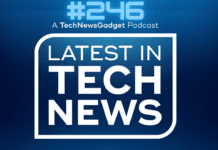
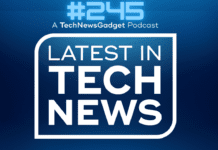
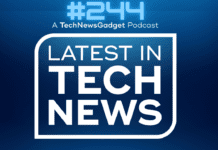


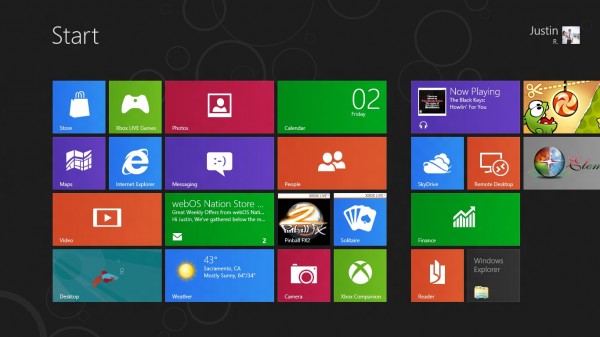

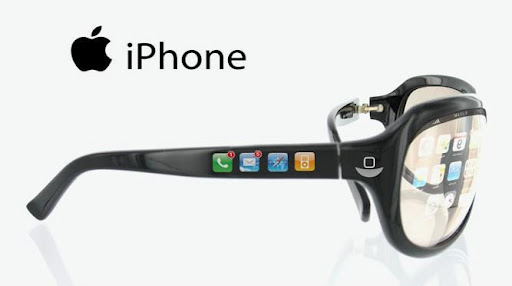


I downloaded this when the trial first came out and it made some of my program obsolete including Mcafee and Quickbooks….
I think every new interface has such issues. And sometimes, yes, they might be irritating
Yep, I had Windows Phone so rushed right in but I also need my programs to do their thing, this is why I left Windows Phone to Android…..
I never jump on new windows products. Like to wait a while and see what happens!
This is probably the best choice!
I agree Sally- I have been frustrated before… I find it as easier assimilation if I wait for the kinks to get worked out and then consult with someone why had figured it all out!
i am happy with Win 7 home premium at the moment. But I am hearing great reviews about win 8 . Developers need to try out the new OS so that they can update their desktop apps so for average users like us we need not worry about initial hiccups.
Same here. We like to wait a little bit and then jump into it and see what new things are in there.
Good point.
It will take time. The developers will need to work on the updates or new programs all together. They need to make one for the latest OS or they will get replaced by some other company that tries.
This is why the change to Windows 8 may be a long and painful journey.
[…] in the business to show off the Windows 8 operating system. As we recall from my previous article, Microsoft is looking to gamble with the greatest change in the Windows operating system since Windows 95 – the Windows 8. […]
Comments are closed.